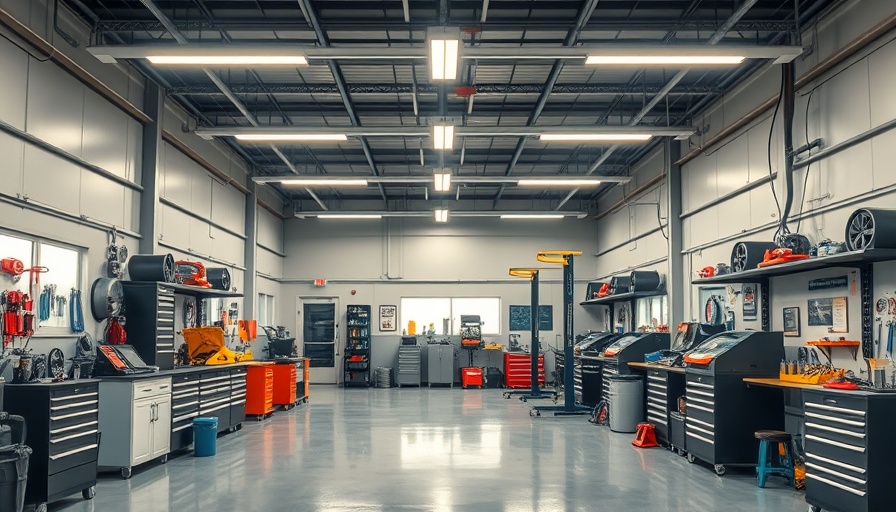
Understanding the Surge in Gas Prices
As gas prices take another turn upwards, it's important for auto repair shop owners to understand the factors driving these changes. Currently, the national average for a gallon of gasoline has climbed to $3.12, rising about 4 cents from last week. This uptick is primarily due to refineries transitioning to summer-blend gasoline, which is more costly to produce but essential for reducing emissions and keeping fuel stable in higher temperatures.
Oil Market Dynamics Influence Costs
Despite crude oil prices hovering below $70 a barrel, the gasoline supply dynamics are shifting in a way that impacts the cost to consumers. While gasoline production increased, with averages hitting 9.6 million barrels per day, overall demand has decreased, which might seem contradictory. Understanding this relationship is crucial for shop owners as it affects pricing strategies and service offerings.
Local Gas Price Insights for Your Business
The cost of gasoline varies significantly across the country. For example, in California, the average price is a staggering $4.64 per gallon, while Mississippi enjoys the lowest at $2.66. Workshops in areas with higher gas prices might encounter increased operational costs, highlighting the need for price adjustments or promotional strategies to attract customers wanting to save money on fuel.
Electric Costs Remain Stable Amid Gas Price Fluctuation
Interestingly, the average per kilowatt hour of electricity at public EV charging stations remains steady at 34 cents. For shop owners, this could signal a growing market for electric vehicles—investing in EV repair training or services could tap into a burgeoning customer base who value both electric and gasoline-powered vehicles.
Looking Ahead: Future Fuel Trends
With the seasonal shift in gasoline types, there is speculation about how prices might move through the summer months. Typically, as driving increases in warmer weather, demand could push prices up further. For auto shop owners, this means preparing for increased customer visits, potentially focusing on preventative maintenance services that align with seasonal driving habits.
Actionable Strategies for Auto Repair Shops
To navigate this landscape, shop owners should consider the following strategies:
Enhance Fuel Efficiency Services: Offer services aimed at improving vehicle efficiency, which could resonate with cost-conscious drivers.
Educate Customers: Provide information about the benefits of regular maintenance and how it can lead to better fuel economy.
Promotions on EV Services: As electric vehicle adoption grows, consider promotional packages for electric vehicle maintenance and repairs to attract more customers.
Conclusion: Be Prepared and Adapt
The fluctuation in gas prices represents both challenges and opportunities for auto repair shops. By staying informed and adapting strategies accordingly, business owners can position themselves favorably in a competitive landscape. Be proactive in offering value to customers and keep an eye on trends that affect fuel prices and vehicle usage. This is not just about fixing cars but creating a sustainable business that meets changing consumer needs.
 Add Row
Add Row  Add
Add 




 Add Row
Add Row  Add
Add 

Write A Comment